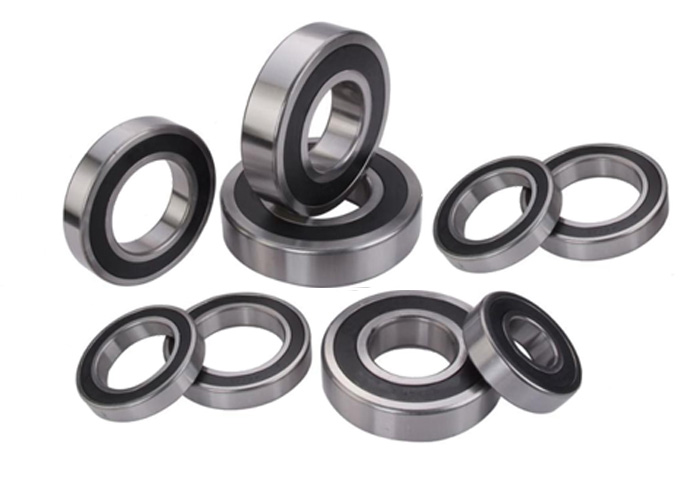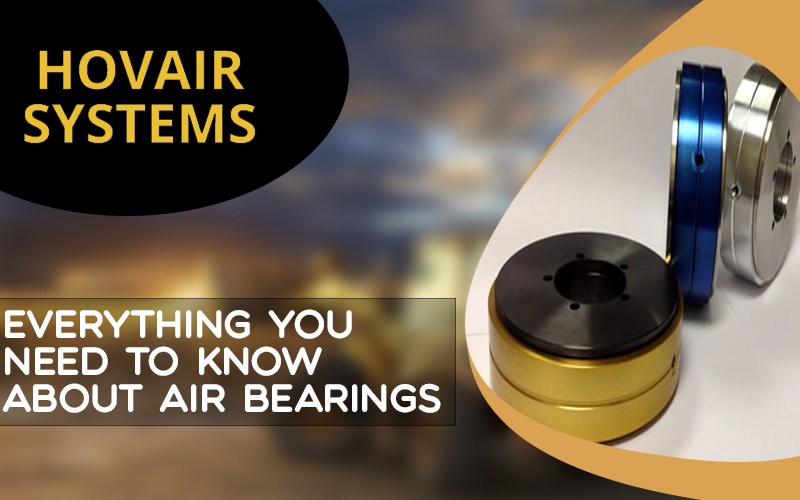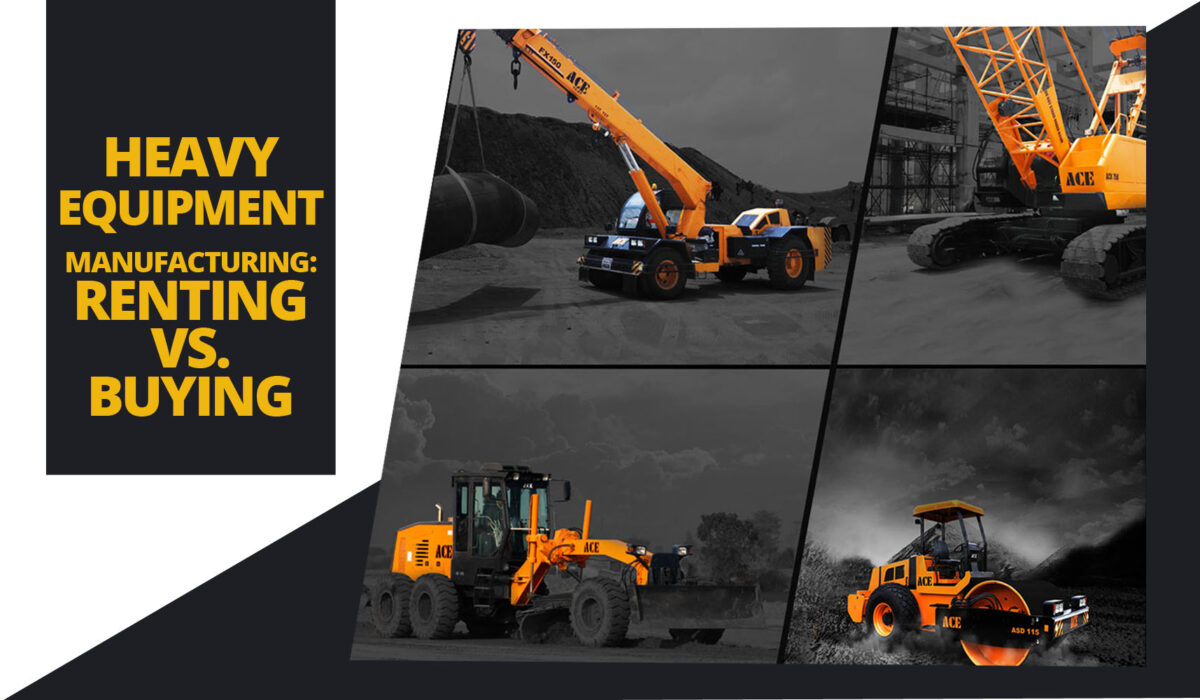What are Air Bearings?
When it comes to the visualization of bearing, an immediate image of ball bearing comes in mind. This simple device has movable and static parts separated by small-lubricated balls that rotate the shaft. In contrast, air bearings are the heavy-duty caster wheels that replace balls with bags or cushions of air. The device has a thin layer of pressurized air film that supports the weight or load. It provides a low-friction load-bearing interface between the surfaces. The surfaces do not touch, thus eliminating friction as well as the need for constant lubrication for effortless working. These bearings mostly apply for use in heavy precision or high-speed machinery.
Ball Bearing Vs. Air Bearings
A conventional ball bearing system cannot deliver the high-speed industry demands while maintaining precision, thermal stability, and service life. This is because of the contact between mechanical parts with bearings and friction production that opposes the speed. The generation of excessive heat at a high ratio can also cause a loss of accuracy and bearing failure.
On the other hand, Air Bearing has no metallic balls present to cause friction. Instead, it uses air films for a friction less movement resulting in smooth, linear movement.
Advantages of Air Bearings
 The following are the most prominent advantages of using air-supported heavy-duty caster wheels:
The following are the most prominent advantages of using air-supported heavy-duty caster wheels:
Friction less Performance
The most beneficial factor of using air-supported bearings is that it delivers low friction or friction less performance. The lack of friction and contact means there is a lesser chance of reversal. Friction is a non-linear effect that affects the servo controls and movement. The absence of friction gives a higher static and dynamic functioning with better performance.
Higher Moves Per Second
With the elimination of friction, motor controls achieve a higher rate of moves per second with air bearings. This is because the absence of friction provides a shorter settling time and no waiting time for eliminating friction. In this way, the feed forwarding can apply directly to the servomotors with better accuracy.
Servo Tuning
The presence of air-supported bearings does not have contacting parts that allow better servo tuning for any given stage. The resulted tuning is a robust and smooth performance. Stages with the same mass of payload do not need fine-tuning every time, as they remain identical to match unit-to-unit variation. The simple yet effective design leads to a high-performance servo tuning.
Low Count of Particles
With the absence of friction in air bearing, every stage is a perfect result from the perspective of particle contamination as long as the air used in bearings remains dust-free.
Straight Motion
The absence of friction means that there is nothing to block the straight motion and smooth velocity. Processes like surface profiling or inertial sensor testing work best with the air bearing system.
Low Maintenance
As there are no movable parts for contact that results in wear and tear, air-supported bearings require low maintenance. With the high stability of the system, the performance cannot change throughout the life cycle.
Clean Functions
With no generation of airborne particles, air bearing is a clean system to operate. In some cases, the use of nitrogen gas can give about 99% cleanliness function.
Major Industries Using Air Bearings System
Flat Panel Display (FPD)
 The standard application of air bearings in Flat Panel Display is for non-contact material handling in Automated Optical Inspection (AOI). AOI input and output system uses air pressure for floating glass. For other areas like inspection or coating, a combination of air pressure and vacuum happens for greater control and precise positioning.
The standard application of air bearings in Flat Panel Display is for non-contact material handling in Automated Optical Inspection (AOI). AOI input and output system uses air pressure for floating glass. For other areas like inspection or coating, a combination of air pressure and vacuum happens for greater control and precise positioning.
Optics
Many precision tools and machinery, including grinders and lathers, use air-supported bearings for optical lens production. With no need for lubricants, these bearings provide ultra-positioning and movement ideal for the application.
Aerospace
The aerospace industry uses air bearings to make a simulation and replica of a friction less environment. This feature helps design and develop testing parts needed for satellites and other parts critical for mission success.
Unsuitable Environment for Air Bearings System
Even though air bearings have become a part of significant industries, some operating environments still cannot utilize the system. These settings include:
Environments with Vacuum
While this air-based Heavy Duty Caster wheel system can operate in vacuum environments, the process is a highly challenging one. For vacuum environments, ball or magnetic bearings should replace the air support system.
Dusty Setting
Environments with high dust, dirt, and debris are not suitable for the air-bearing system. This is because a dusty setting causes accidental punctures, causing failure in system functions.
Inconsistent Air Pressure
Avoid using air bearing in areas where operators cannot provide constant air pressure. The constant air supply is a necessary aspect of this system, and without it, the system fails in functionality.
Final Word
The air bearing is a highly efficient and effortless system that results in precise machine functioning. The functions and benefits of this system are highly sought in the modern-day application of various industries. However, the system does have its drawbacks, but the high resulting function always mask their shortcomings.


